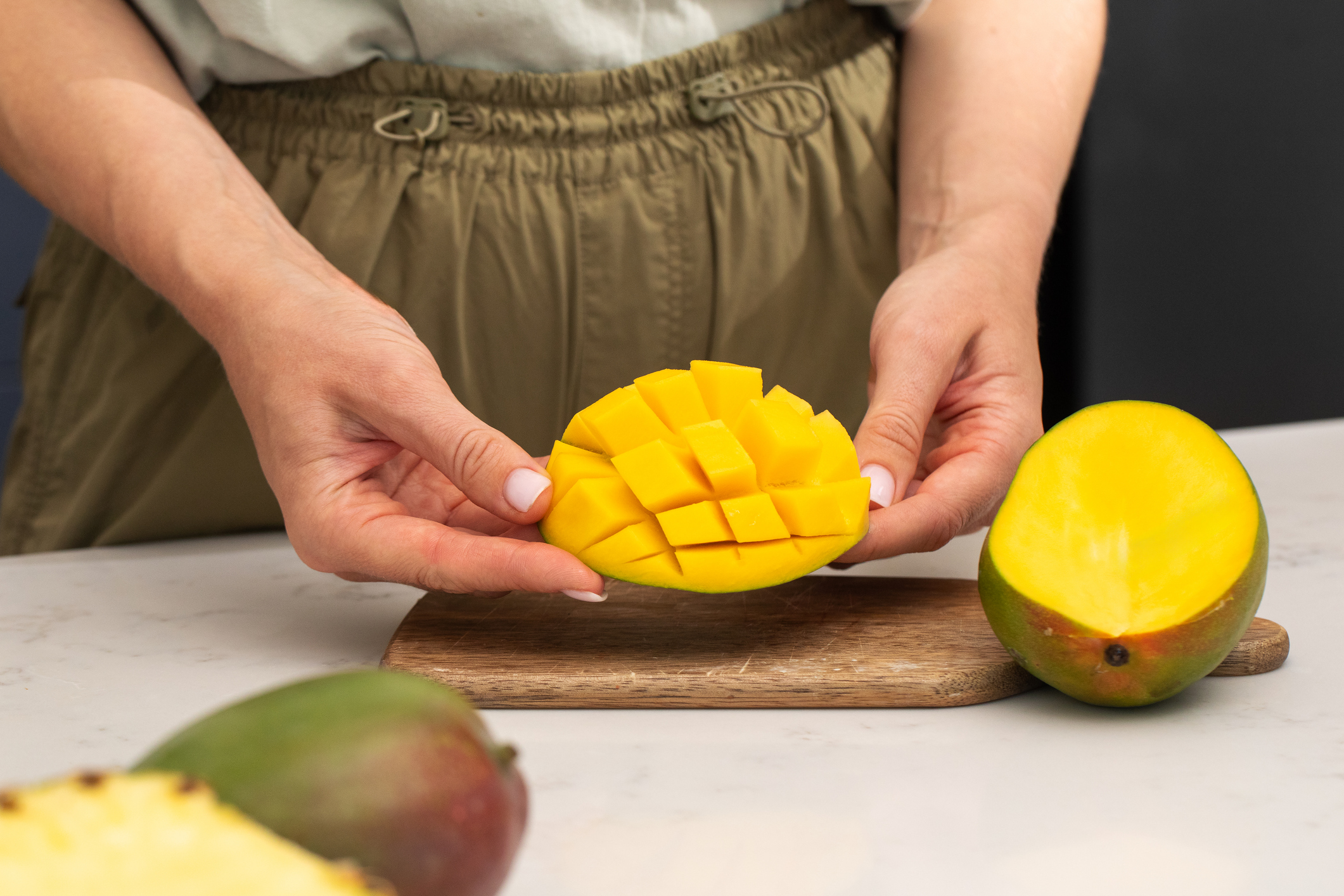Mango Mania of China
Before the 1960s, the cultural fabric of China had no threads of mango influence. Following Chairman Mao’s Cultural Revolution, the unassuming mango became an icon of Mao, quickly embedding itself into the foundation of Chinese culture.
In 1968 Pakistan’s Foreign minister Syed Sharifuddin Pirzada presented Chairman Mao with mangos as a diplomatic gesture. In turn, Chairman Mao gave approximately 40 of the mangos to the Mao Zedong Propaganda workers in Beijing as a gesture of gratitude for their loyalty.
The context of this gesture led followers to idealize the unfamiliar fruit, and to what is known historically as “mango fever.” Having never seen one before, the golden mango became a symbol for Chairman Mao’s leadership and workers celebrated the gift by putting it on display.
Days later, the mango began to rot, and the fruit was peeled and boiled. The water was then provided to the workers by the spoonful. Following, mango replicas were created from wax and were regarded as loyalty to Chairman Mao.
Today, mangos have lost much of their symbolism in China. However, the production of mangos continues to grow in China, where they cultivate and export many varieties not native to country. The Chinese share an increasing love for the fruit of mangos and vie to become a major world supplier. The demand for mangos continues to inspire China’s production and overall output of this delicious fruit.

